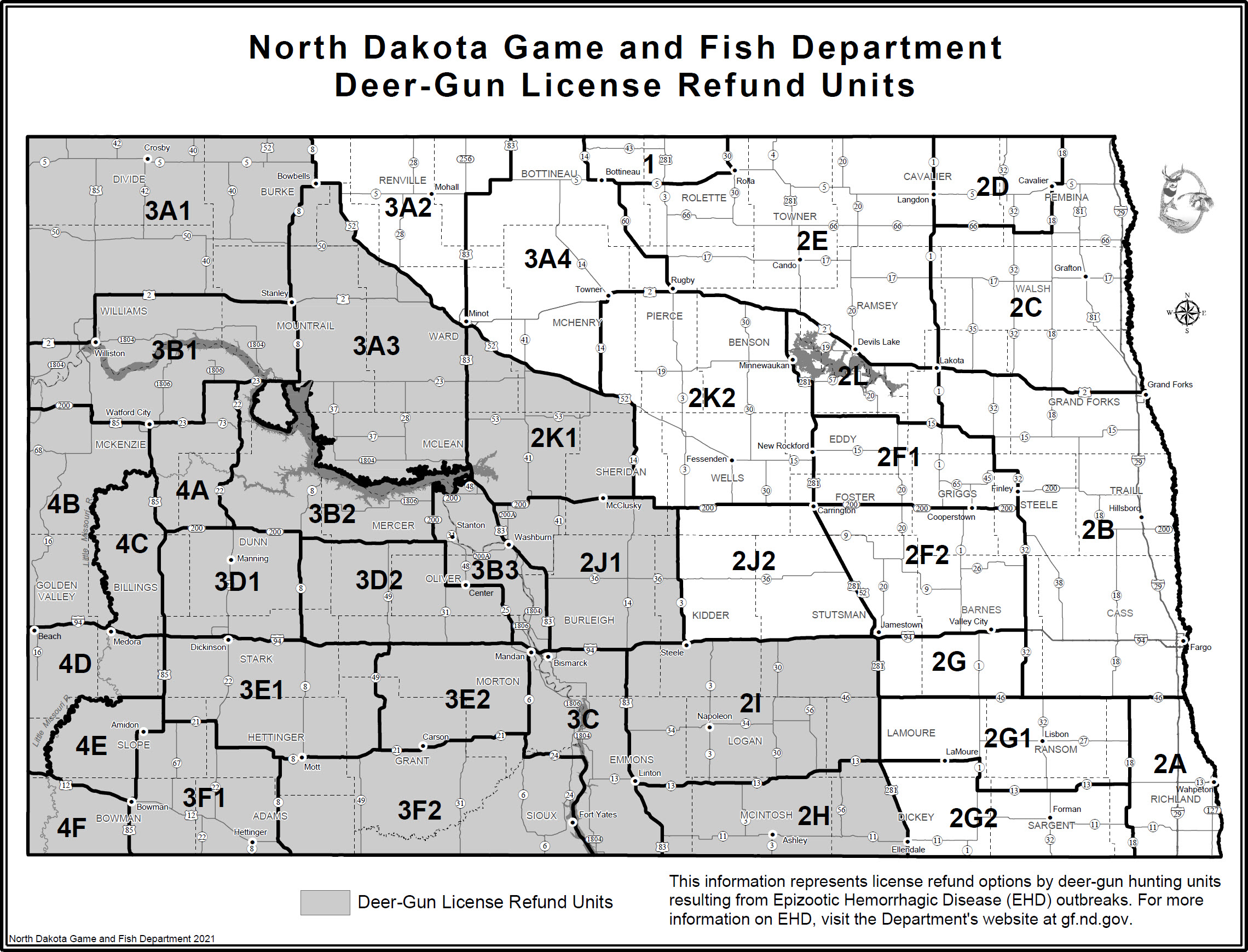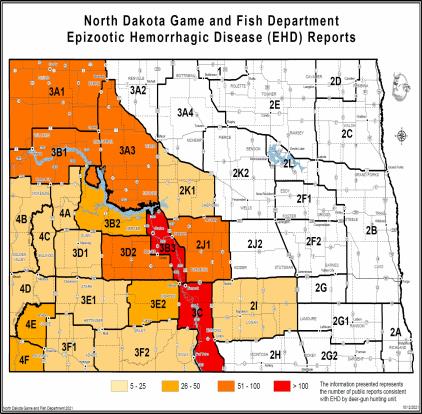“Our added winter moisture and active calling period led to a very long nesting and hatching season, starting in late April and extending into early summer, with chicks hatching as late as early July,” O’Dell said. “From a population standpoint, we are out of a deficit for the first time since 2001-2002. Quail are starting to pop up in places they haven’t been seen in a while.
“If you’ve never had the chance to experience what Arizona quail hunting built its name on, then this would be the year to get out and enjoy it.”
Meanwhile, hunters should note that the season for Mearns’ quail doesn’t begin until Dec. 4. It’s summer rainfall that plays a key role in nesting success and population numbers of this species. After a spotty and relatively weak monsoon across southern Arizona, these birds are likely to be abundant only in pockets that received sufficient precipitation this summer.
A valid Arizona hunting or combination hunt and fish license is required for all hunters 10 and older. Those hunters under 10 must either have a valid hunting or combination hunt and fish license, or be accompanied by an adult who possesses a valid hunting or combination hunt and fish license. Licenses can be purchased online or at license dealers statewide. A youth combination hunt and fish license (ages 10 to 17) is $5.
The general bag limit is 15 quail per day in the aggregate, of which no more than eight may be Mearns’ quail (when the Mearns’ season opens Dec. 4). The general possession limit is 45 quail in the aggregate after opening day, of which no more than 15 Gambel’s, scaled or California quail in the aggregate may be taken in any one day. After the opening of the Mearns’ season, the 45-quail possession limit may include 24 Mearns’ quail, of which no more than eight may be taken in any one day.
More quail-hunting information can be found on the department’s website at https://www.azgfd.com/Hunting/. Another resource for both new and experienced hunters alike is “An Introduction to Hunting Arizona’s Small Game.” Written by Randall D. Babb, the 196-page, full-color book covers where and how to hunt small game birds (like quail), squirrels, rabbits, ducks and geese. It also includes how to prepare and cook your harvest, with illustrations and recipes. The book can be ordered for $16.95 at www.azgfd.gov/publications.
Finally, hunters should check out O’Dell’s techniques for field-dressing quail at https://www.youtube.com/watch?v=3gRwZAcWzzk.
####
Publishers Notes: OUT OF STATE HUNTERS, FISHERMEN & OUTDOOR ENTHUSIASTS; Due to the Covid 19 pandemic, there could be limitations for OUT of STATE hunters, fishermen and other outdoor enthusiasts to include a 14-day quarantine requirement or negative COVID-19 testing alternative. Please check with the State's Department of Natural Resources BEFORE you travel or apply for the 2020 Fall Hunts.
Disclaimer: The views expressed on this site are that of the authors and not necessarily that of TBC Press
North Dakota Deer Mortality Allows 2021 Whitetail Hunters to Seek Refunds
Submitted by: TBC Press
Posted on: 10/15/21
The Backcountry Press
The country's premier daily HUNTING, FISHING & OUTDOOR news in the USA and around the globe. Read whats happening in your neck of the woods & beyond.
© 2020 TBC Press - All Rights Reserved Website Design by:
News # 14577
The North Dakota Game and Fish Department is allowing hunters with whitetail or “any” deer gun licenses in several units in western North Dakota the option of turning those licenses in for refunds.
Casey Anderson, wildlife chief, said the decision is based on continuing reports of white-tailed deer mortality caused by epizootic hemorrhagic disease, and evidence of moderate to significant deer losses in some areas that might affect hunting success in those locations. The first confirmed EHD report occurred in early August.
Hunters with antlered whitetail, antlerless whitetail, any antlered and any antlerless licenses are eligible for refunds in units 2H, 2I, 2J1, 2K1, 3A1, 3A3, 3B1, 3B2, 3B3, 3C, 3D1, 3D2, 3E1, 3E2, 3F1, 3F2, 4A, 4B, 4C, 4D, 4E and 4F. Hunters who return their licenses will have their bonus points restored, if applicable, to the same number of points prior to the 2021 deer gun lottery.
“Compared to previous years, a much larger portion of the state seems to be affected,” Anderson said. “Unfortunately, substantial mortality has been documented in some areas.”
Game and Fish made license refunds an option for hunters in 2020 because of an EHD outbreak in limited units.
Department staff will continue to monitor reports to determine if licenses in additional units should become eligible for refunds due to the EHD outbreak. Hunters and landowners should report any dead deer along with photos, if possible, to the department through the online wildlife mortality reporting system, at gf.nd.gov/mortality-report.
Before deciding to turn in a license, Anderson urges license holders to make local contacts to find out the extent of mortality in their hunting unit.
“Consistent with previous EHD outbreaks, the impact can at times be severe in localized areas while other areas within the unit have little to no impact and a good deer harvest may still be needed,” he said.
License holders who qualify and want a refund must mail their tag, along with a note requesting a refund due to EHD, to the Game and Fish Department’s Bismarck office no later than Nov. 4. Envelopes postmarked Nov. 4 will be accepted.
EHD, a naturally occurring virus that is spread by a biting midge, is often fatal to infected white-tailed deer, while mule deer do not usually die from the disease. Hunters do not have to worry about handling or consuming meat from infected deer because the virus that causes EHD is not known to cause disease in humans. In addition, the first series of hard frosts typically kills the midge that transmits the EHD virus and will slow or halt the spread of the disease.
####
Click on Maps for Enlarged View














